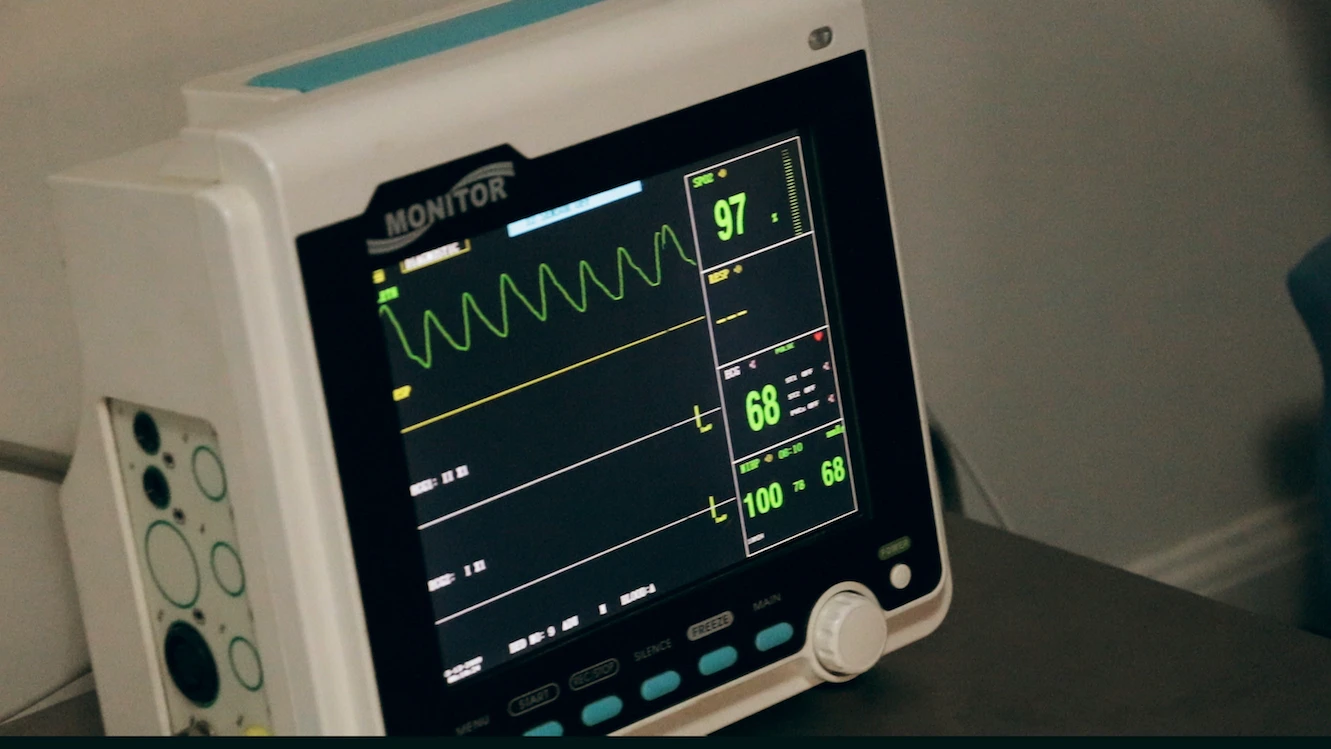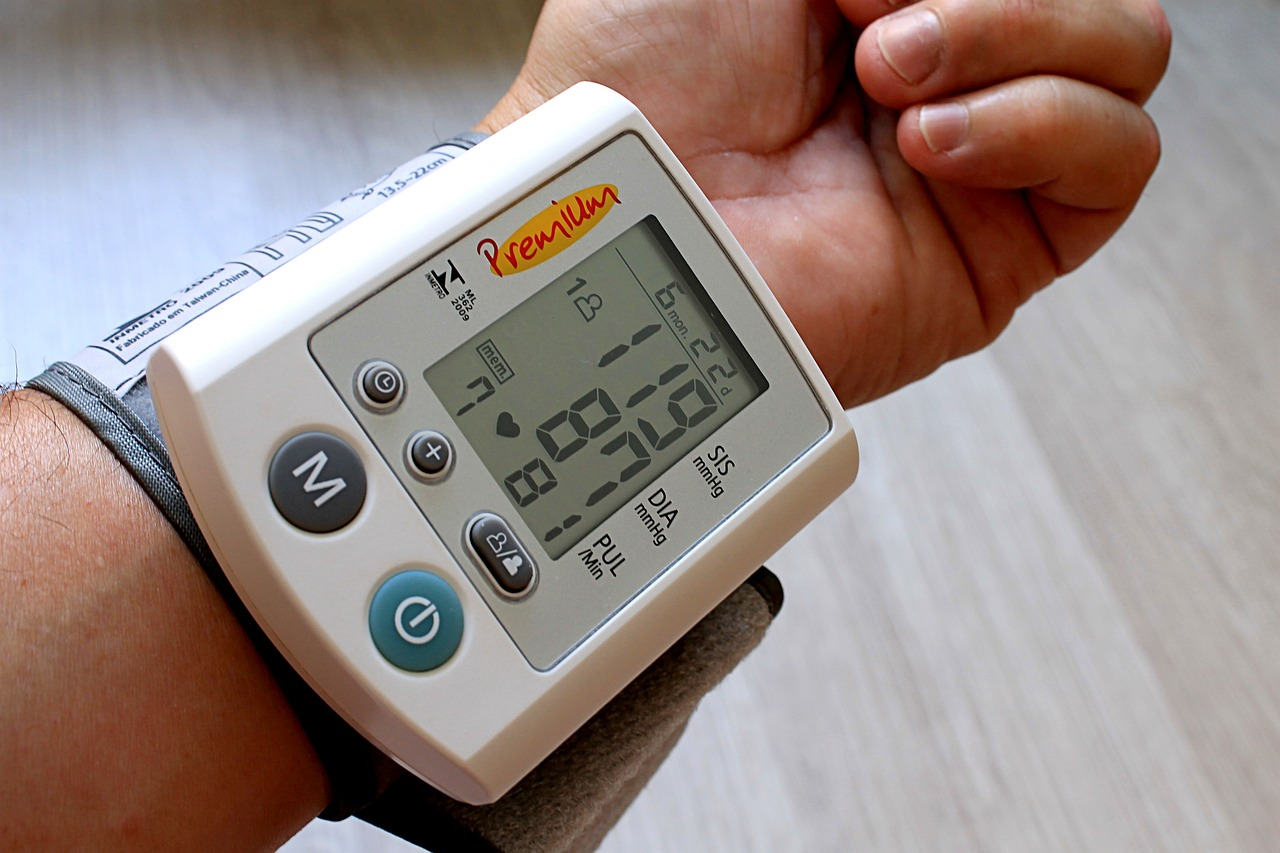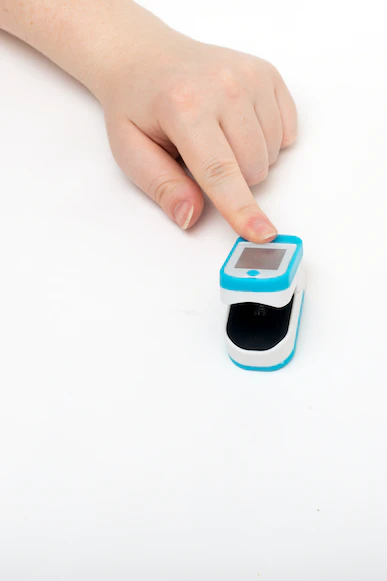The medical device industry plays a critical role in healthcare by improving patient care and saving lives. To ensure the safety and effectiveness of medical devices, it is crucial to establish a thorough quality management system (QMS) and comply with industry regulations. ISO 13485 certification provides a framework for organizations in the medical device industry to achieve and maintain high levels of quality and regulatory compliance.
Let’s take a look at what ISO 13485 certification is and how it can help ensure quality and compliance in the medical device industry.
What is ISO 13485 Certification?
ISO 13485 is an international standard specifically designed for medical devices. It sets out the requirements for a quality management system (QMS) that ensures the safety, effectiveness, and compliance of medical devices throughout their lifecycle. Obtaining ISO 13485 certification is a significant achievement for organizations involved in designing, developing, producing, and servicing medical devices.
Purpose of ISO 13485
ISO 13485 addresses various aspects of the medical device lifecycle, including design and development, production, storage, distribution, installation, servicing, and final disposal. It emphasizes risk management, process control, and traceability to ensure the safety and effectiveness of medical devices.
Key Requirements of ISO 13485
Management Responsibility
ISO 13485 requires top management to demonstrate leadership and commitment to the QMS. This includes establishing a quality policy, defining roles and responsibilities, ensuring resources are available, and conducting management reviews to evaluate the system’s effectiveness.
Documentation and Record Keeping
The standard emphasizes the need for comprehensive documentation, including quality manuals, procedures, work instructions, and records. Documentation is vital in ensuring that processes are well-documented, controlled, and traceable.
Design and Development Controls
ISO 13485 places a strong emphasis on the design and development process of medical devices. It requires organizations to establish and maintain procedures for design planning, risk management, design inputs and outputs, verification and validation, and design transfer.
Supplier Management: The standard requires organizations to evaluate and select suppliers based on their ability to meet specified requirements. It emphasizes the need for clear communication, documented agreements, and ongoing supplier performance monitoring.
Production and Process Controls
ISO 13485 emphasizes the control of production processes to ensure consistent quality and compliance. This includes establishing procedures for process validation, equipment maintenance, cleanliness, and product identification and traceability.
Risk Management
ISO 13485 incorporates the principles of risk management to ensure that potential risks associated with medical devices are identified, evaluated, and mitigated. Organizations must establish risk assessment, control, and ongoing risk management processes.
Ensuring Quality and Compliance in the Medical Device Industry with ISO 13485 Certification
Here are the steps to ensure quality and compliance in the medical device industry with the help of ISO 13485 Certification.
Establishing a Comprehensive Quality Management System (QMS)
ISO 13485 certification requires organizations to establish a comprehensive QMS that covers all aspects of the medical device lifecycle. This includes design and development, production, storage, distribution, installation, servicing, and final disposal. By implementing the requirements of ISO 13485, organizations can establish standardized processes, documentation, and controls, ensuring consistency and traceability throughout the product lifecycle.
Adherence to Regulatory Requirements
Compliance with regulatory requirements is of utmost importance in the medical device industry. ISO 13485 certification helps organizations navigate complex regulatory landscapes by providing a framework that aligns with international regulatory standards. By obtaining ISO 13485 certification, organizations demonstrate their commitment to meeting regulatory requirements and ensuring the safety and effectiveness of their medical devices.
ISO 13485 certification acts as a foundation for organizations to achieve and maintain compliance with relevant regulations, such as the Food and Drug Administration (FDA) regulations in the United States.
Implementation of Risk Management Processes
ISO 13485 incorporates the principles of risk management, which are crucial in the medical device industry. Organizations must establish and implement risk management processes to identify, evaluate, and mitigate potential risks associated with their medical devices. Risk management ensures that potential hazards are addressed throughout the product lifecycle, from design and development to post-market surveillance.
Supplier Evaluation and Control
Medical device manufacturers rely on suppliers for various components and materials. ISO 13485 certification emphasizes the need for organizations to evaluate and control their suppliers effectively. This includes conducting supplier assessments, establishing clear communication channels, and ensuring suppliers meet specified requirements.
Training and Competence Development
ISO 13485 places importance on the training and competence of personnel involved in the design, production, and servicing of medical devices. Organizations must establish processes for identifying competency requirements, providing necessary training, and ensuring that personnel are qualified for their roles. Training and competence development enhance the skills and knowledge of employees, improving the quality of their work and their ability to comply with regulatory requirements.
Document Control and Record Keeping
ISO 13485 emphasizes the importance of effective document control and record-keeping within the organization. Documentation is crucial in ensuring that processes are recorded, controlled, and traceable. Organizations must establish procedures for document control, including document approval, revision control, and document retention.
Proper record-keeping enables organizations to demonstrate compliance with regulatory requirements, track the history of medical devices, and provide evidence of conformity during audits or inspections.
Continual Improvement
ISO 13485 encourages organizations to pursue continual improvement in their quality management systems. Organizations must establish processes for monitoring, measuring, and analyzing the performance of their QMS. By gathering and analyzing data, organizations can identify areas for improvement, implement corrective actions, and drive ongoing enhancement of their quality processes.
If you’re in the medical device industry and plan to get ISO 13485 certified, If you’re planning to, BCS can help you.
We are an ISO consulting firm in the United States and can help businesses in the medical device industry get ISO 13485 certified. Furthermore, we can also help you obtain various types of ISO certifications, including ISO 9001, ISO 14001, ISO 45001, API Q1, AS9100, ISO 13485 for medical firms and more. We have a team of experienced consultants who guide their customers throughout the entire process of getting ISO certified.
Contact us now for further information.



